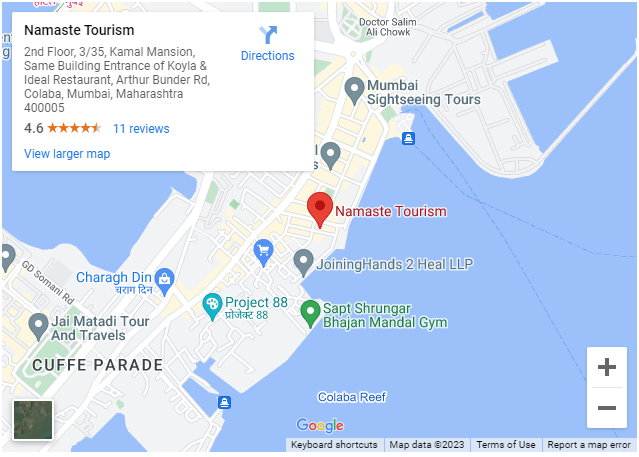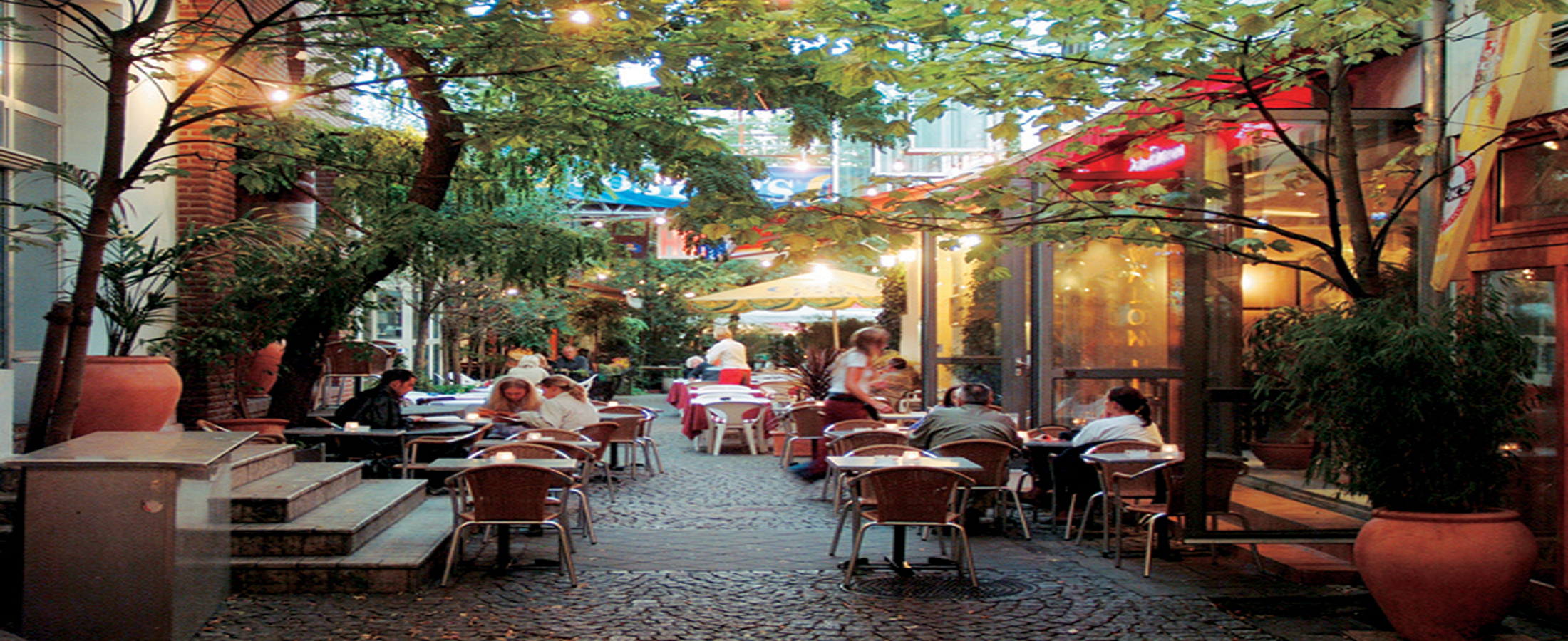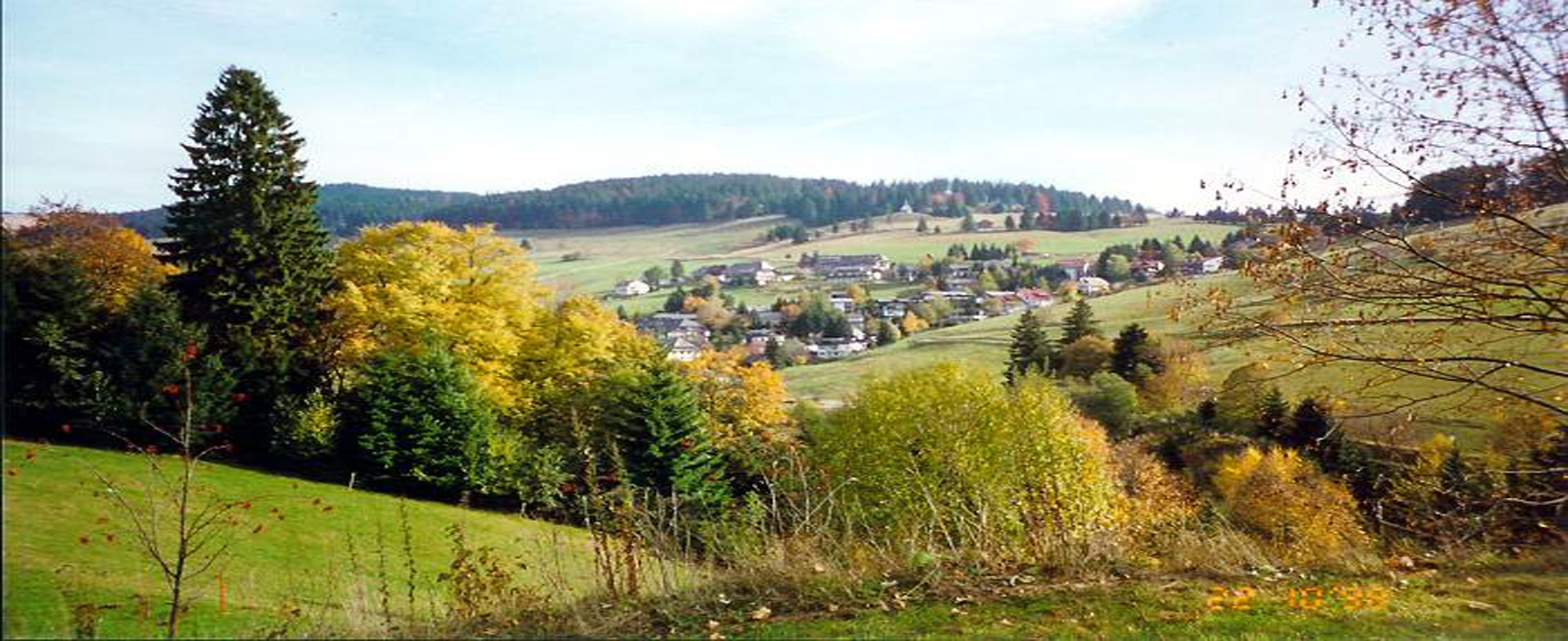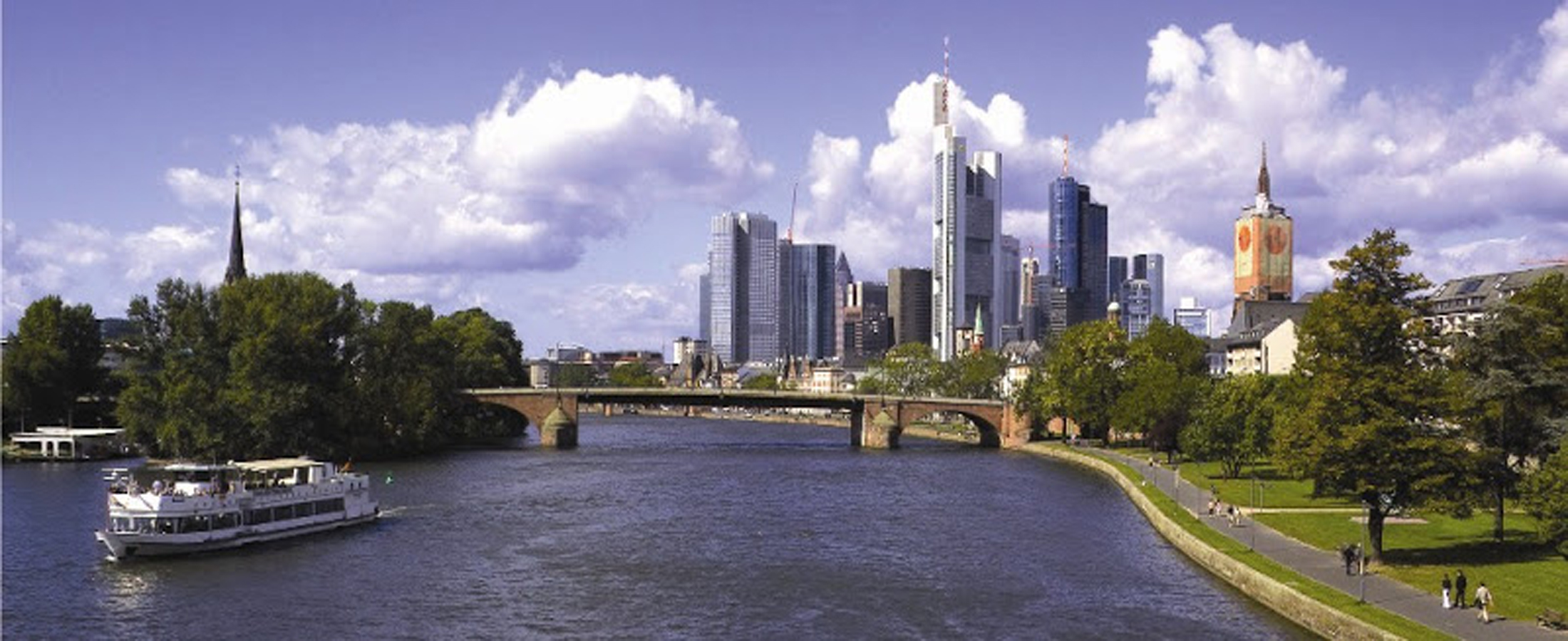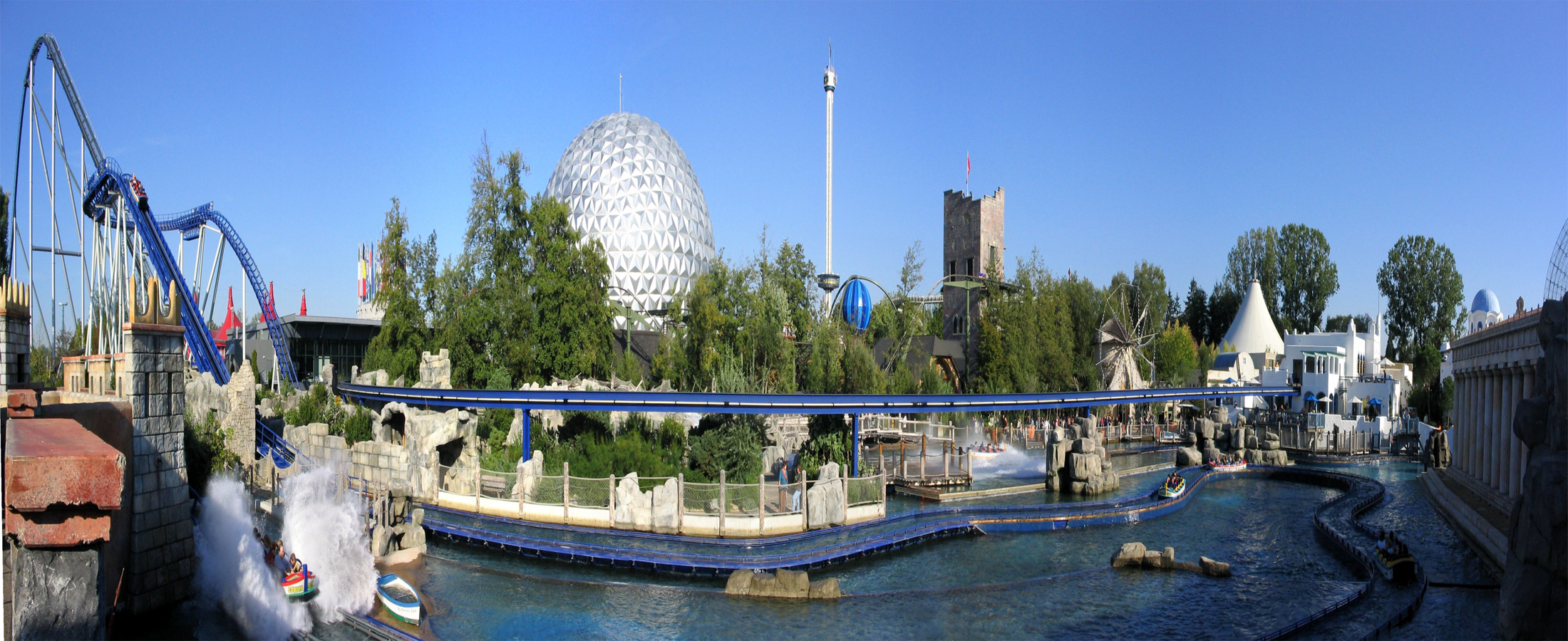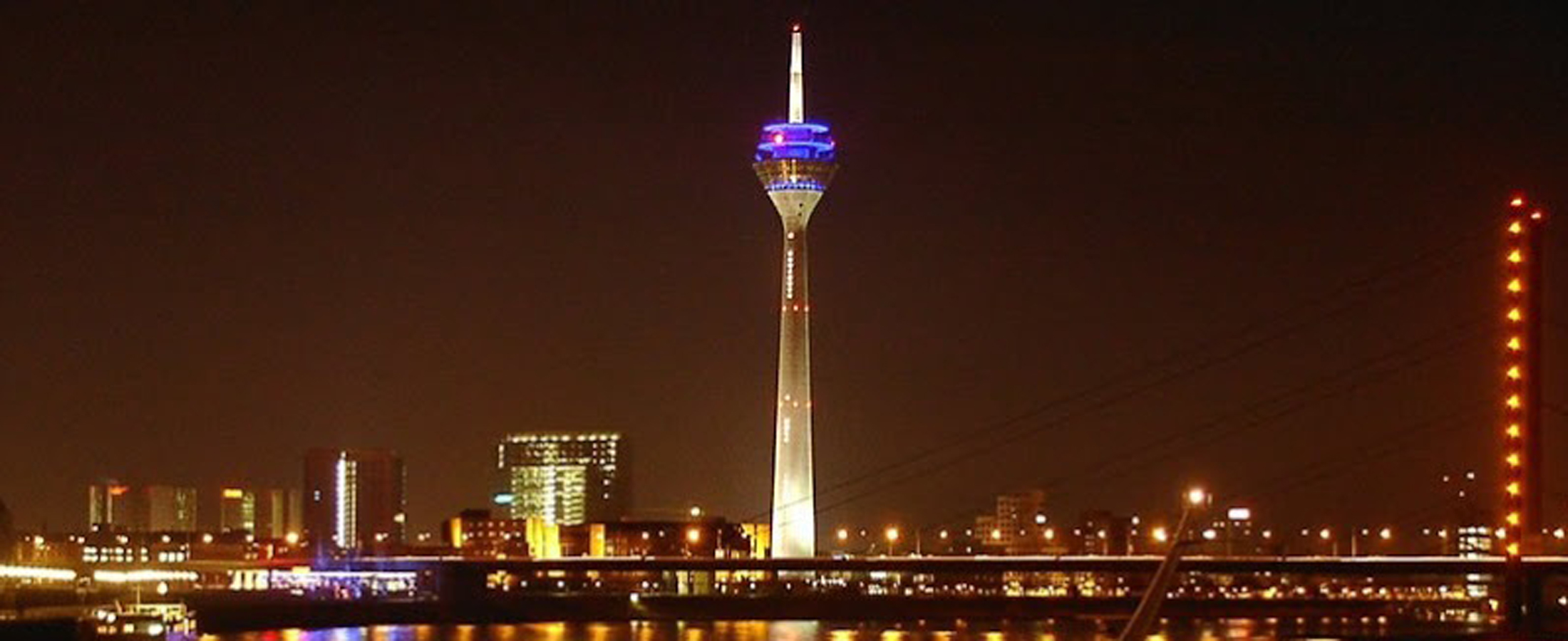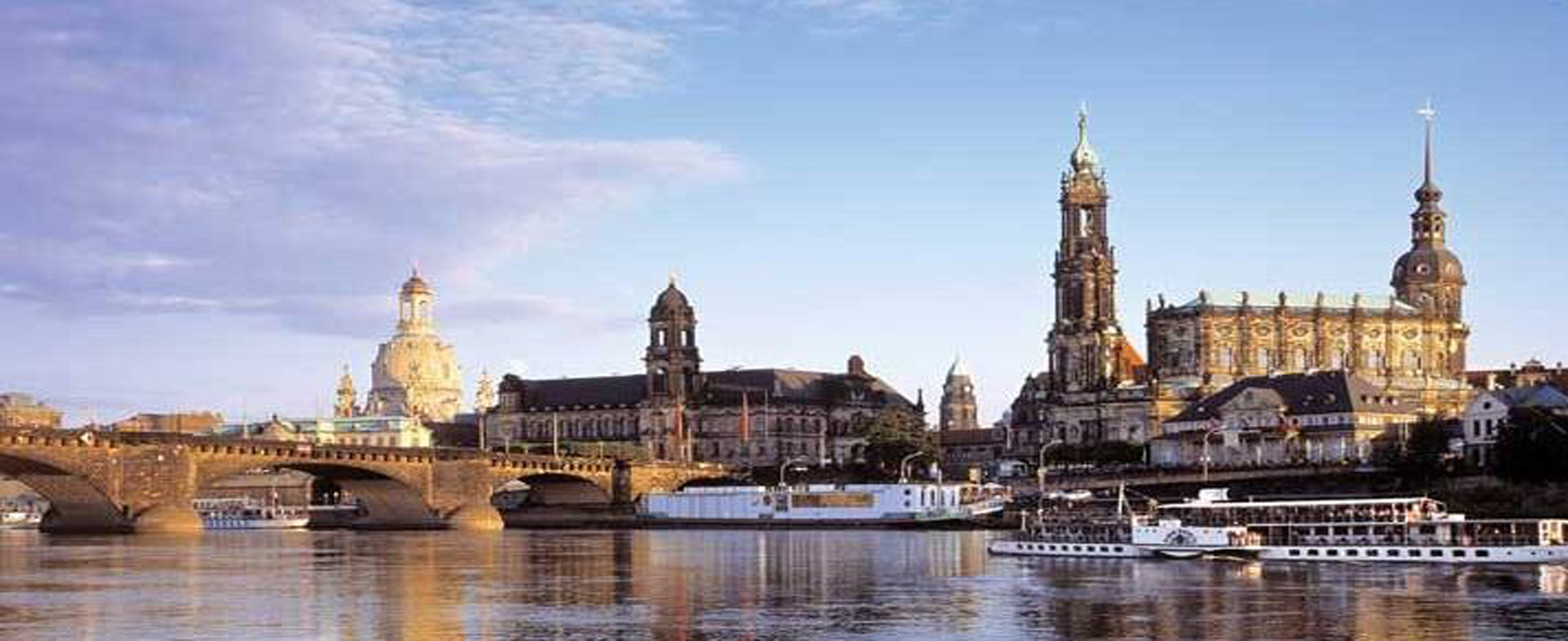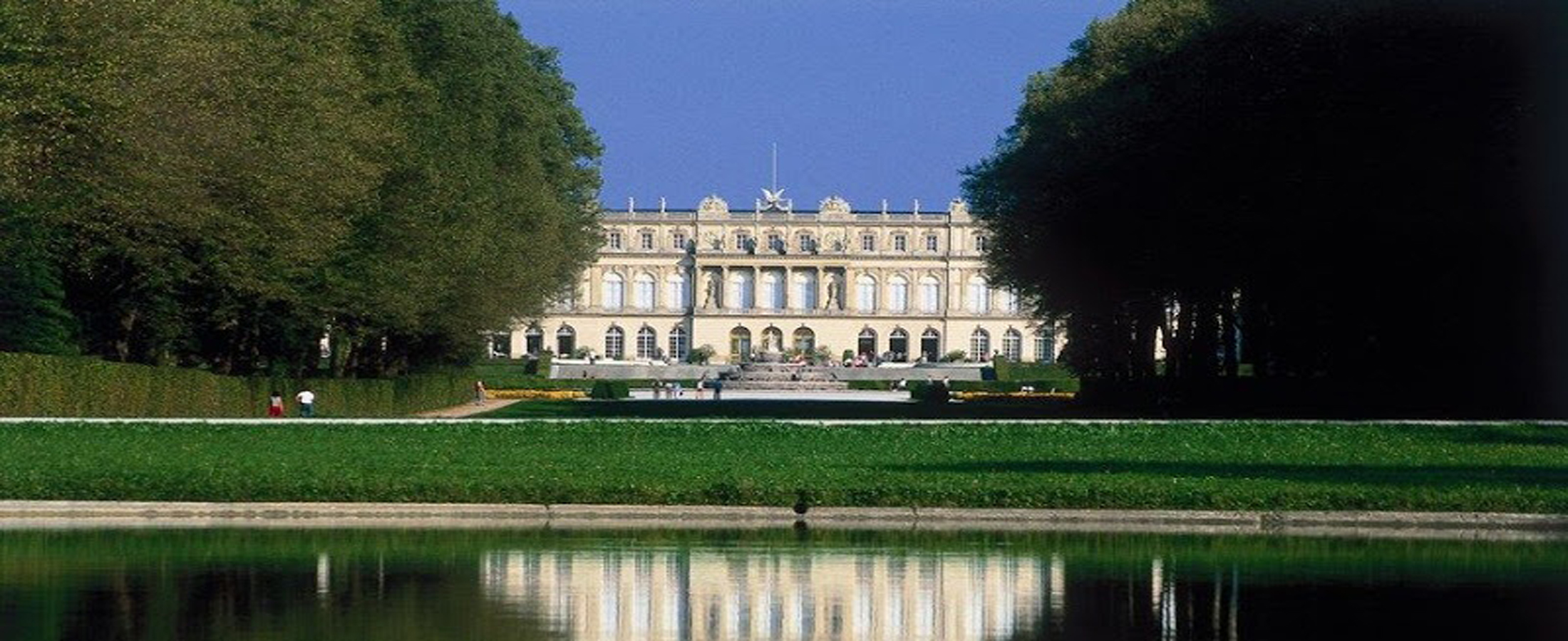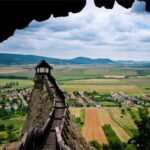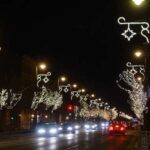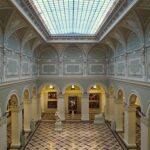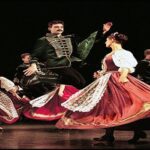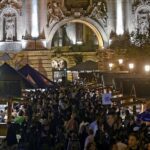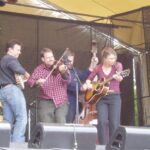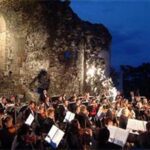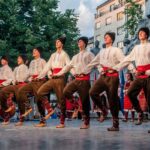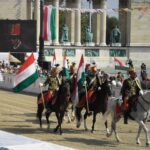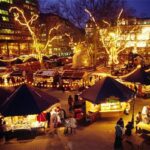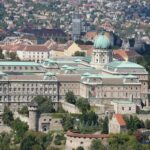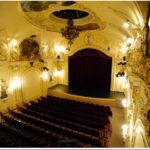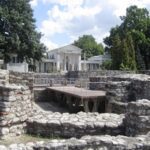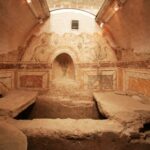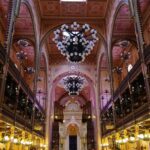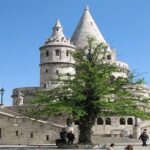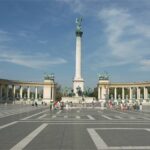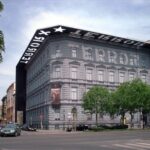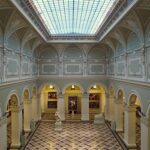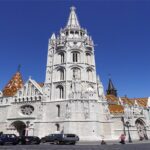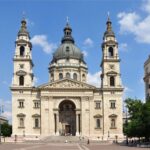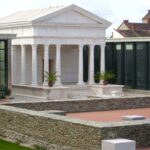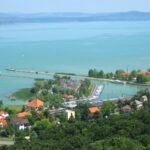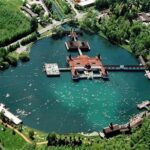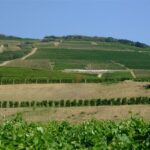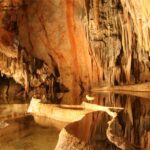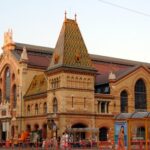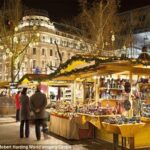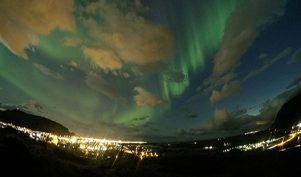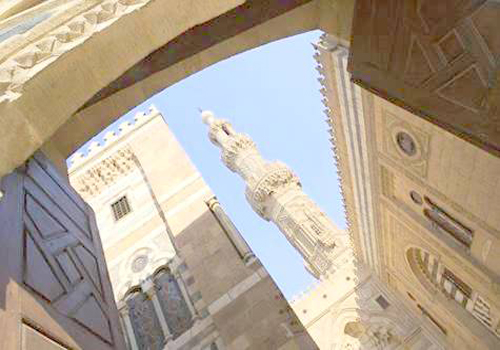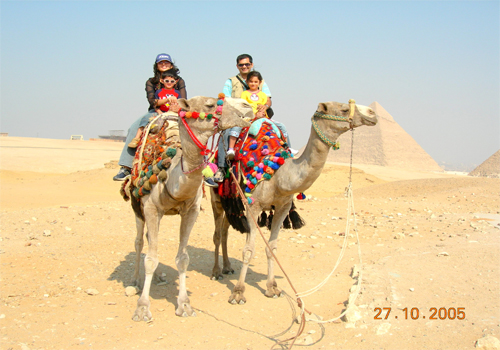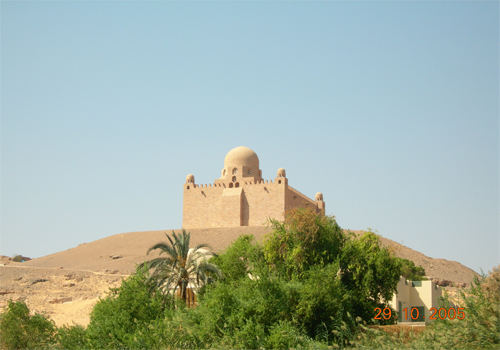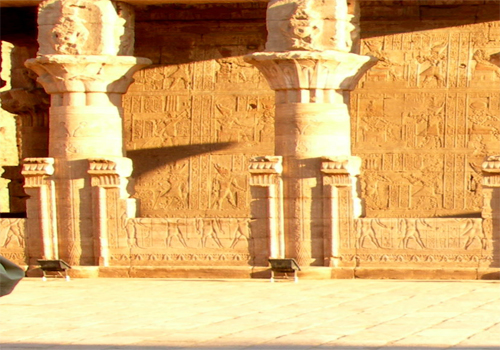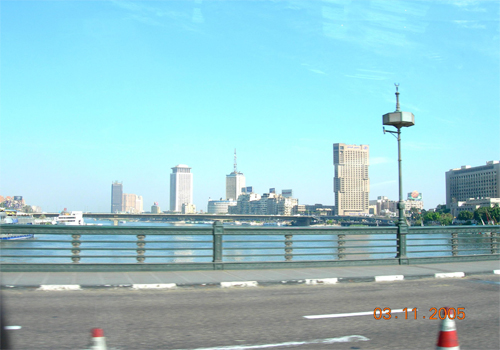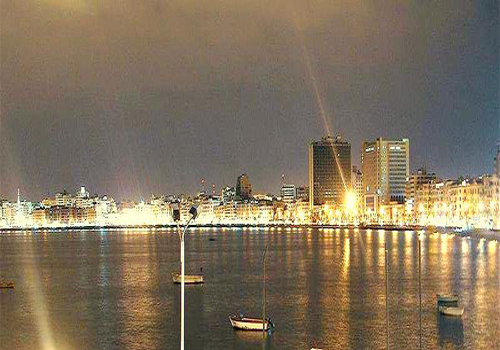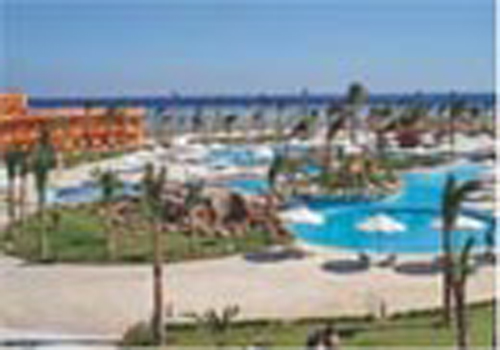Hungary
Hungary is a country with vast natural beauty & adventure experiences. It produces some of the best wines in the world. Many are attracted to the unique beauty of the Danube Valley, thermal spas, night life, exhilarating adventure sports & attractive cuisine...
Why Travel with Namaste Hungary?
- A local concierge service with a 24×7 emergency contact number assisting you with all facets of Hungary – restaurants, shopping and local experiences
- We focus on local experiences as much as important sounds and sights that you must visit
- Our tailor made touring looks into finer elements including pace of travel and off beat as well as insider experiences where possible
Things to do in Hungary
Come and discover Hungary’s theme parks, mountain peaks, salt mines, national parks, automobile museums – they are as varied as the country itself.
GEMS OF HUNGARY
Hungary in One Go
Visit the major icons of Hungary in one go. Gems of Hungary takes you through the “Paris of the East” – Budapest , the capital city which is divided into Buda and Pest by the river Danube which cuts through the city also known as the Pearl of the Danube. Szentendre – the artist village, Lake Balaton – the largest lake in Central Europe, Thermal Bath of Heviz are some of the places which should be included in your “must see list” whilst planning a holiday.
HIDDEN TREASURES OF HUNGARY
Go Beyond the Popular Icons
Visit Visegrad, Esztergrom and Szentendre – the three major settlements that mark the scenic bend of the river Danube. Hungary is the Home of the Miraculous Healing Water and has the unique distinction of being amongst the top three thermal natural spas in the world. The bathing culture of this region has a 2000 year old history. One of the caves – the Josvafo cave is a UNESCO World Heritage Site.
À LA CARTE
Choose your Experiences
You like a party night cruise in Budapest? Lets add it. You want to do sailing on Lake Balaton? Done. You want horse riding in the wilderness or even a wine tasting in Tokaj? Added. A la carte is for the customized holiday traveller who wishes to add experiences based on his time and interests.
CITY MAGIC
Spice Up your Short City Stays
Travelling to Hungary on business or visiting friends and want to extend your stay in the Pearl of the Danube? Why not plan day trips to nearby attractions ? Whether it is Lake Balaton – the largest Freshwater lake in Central Europe or Lake Heviz – the only biological active healing lake in the world that is suitable for bathing all year round, whether it is Szentendre, Visegrad or Budapest, city magic adds spice to your trip in terms of shopping, art, food , culture and more during your short visits into Hungary.
LUXURY AND FAIRY TALES
Indulge without Boundaries
You could do a helicopter tour for a bird’s-eye view of the Pearl of the Danube or stay in some of the iconic luxury hotels or spas across the country or experience fine dining at Michelin star restaurants. Namaste Hungary helps you in planning a tour without any strings – filled with indulgence and experiences royale.
THEMES AND INTERESTS
Pursue a Hobby on Vacation
Whether playing golf, enjoying F1, horse riding, cycling, hiking or even pub hopping, Hungary has it all and has it big – over 3000 kilometres of cycling path and 11000 kilometres of marked hiking trails besides 17 Golf courses, 10 National parks and over 170 Nature Conservation areas. Enjoy your stay and experience one of the 3000 odd festivals that are organized each year in Hungary.
OFF THE BEATEN TRACK
Winners do Things Differently
Have you had enough of the stereotype holiday? Are you looking for something totally different and are willing to take back some interesting memories such as a visit to the valley of beautiful women or a city in the north known for its castles, thermal bath and wine too? Why not go retro – back in time and experience life of the 1960s and 1970s? You cannot get more off beat than the experiences that you can encounter in Hungary.
SELF-DRIVE
Experience Stunning Sceneries on your Own
Whether it is from Budapest to lake Balaton or from Budapest to Seged – the University town or the city of Eger – the second largest city of northern Hungary, also known for its finest wines, you may traverse through 22 wine regions including Tokaj and Sopron – wine regions which are UNESCO World Heritage sites. Explore on your own by getting behind the wheel and with a word of caution ! There is stunning scenery everywhere.
GUARANTEED TOURS
A Great Mix of Budget and International Friends
As Hungary is situated in Central Europe, it offers the best value deals and Budapest – the Paris of the East, offers better value than Paris. Enjoy activities and experiences in all inclusive Escorted Tours that the Namaste Hungary team can put together for you, at times combining it with other countries of Central Europe. Engage in local experiences and as a bonus also get to travel with people from across the world and make global friends, some of them for life.
EXTENSIONS
Elongate the Fun
Hungary is in the heart of Central Europe and within reasonable driving distances you may explore the other Imperial cities in Austria and Czech Republic as well as Slovakia or go further down south to Slovenia and Croatia or up north into Poland. Our destination planners can help you plan a unique Visegrad 4 itinerary . Incidentally Visegrad is a small castle town in the Pest County of Hungary, not to be missed during your visit.
Germany Packages
Latest Posts
-
Vini’s Trip to Cairo
Egypt stretches from the Red Sea on one end to the Mediterranean Sea on the other. So options are aplenty: there is Cairo, the Nile Cruise, Abu Simbel, Sharm el Sheikh, Hurghada and Alexandria. We decided to leave out Abu
0 Comments -
Visit to the Egyptian Museum and The Pyramids of Giza
Visiting the Louvre in Paris is incomplete without having seen the famous Mona Lisa painting by Leonardo da Vinci. Likewise, a visit to the Egyptian Museum is not complete without visiting the Tutankhamun chamber where you find some of the
-
Papyrus Paintings, The Nile Delta Cruise, Philae Temples and Much More!
In my last travel diary entry, I wrote about the mystery of the Pyramids and Sphinx. Along the Pyramids Road, there are several such shops which sell papyrus paintings: these paintings are must-buy souvenirs from Egypt. It was indeed fascinating
-
Kom Ombo, Luxor and The Valley of the Kings
Lert me tell you more about the amazing temples en route to Luxor! It was day four of our tour now. As I had written earlier, our boat halted at Kom Ombo where we were to disembark to see the
-
Sand, Sea and Sunshine
It seemed like our Nile Cruise had got over so soon! We left for Hurghada on Day 8 of our tour. Our vehicle was part of a convoy which sped us to Hurghada in about 4½ hours from Luxor. Hurghada
-
The Pearl of the Mediterranean and Bidding Adieu to Egypt
Alexandria has a huge European influence and it is one of the most beautiful cities of Egypt. It is an year round destination and is located st a distance of 225 kilometres from Cairo. Alexandria enjoys a very pleasant climate
-
Egypt Revisited The charm of SHARM and climbing MOSES MOUNTAIN
I did not imagine that I would be making my second trip to Egypt in less than two years and this time I took the opportunity to visit the Sinai region. Unlike my previous trip when I visited Cairo and
Leave a Reply
Do you have some comments or questions for us? We’d love to hear from you! Don’t be shy! Feel free to drop us a message!

